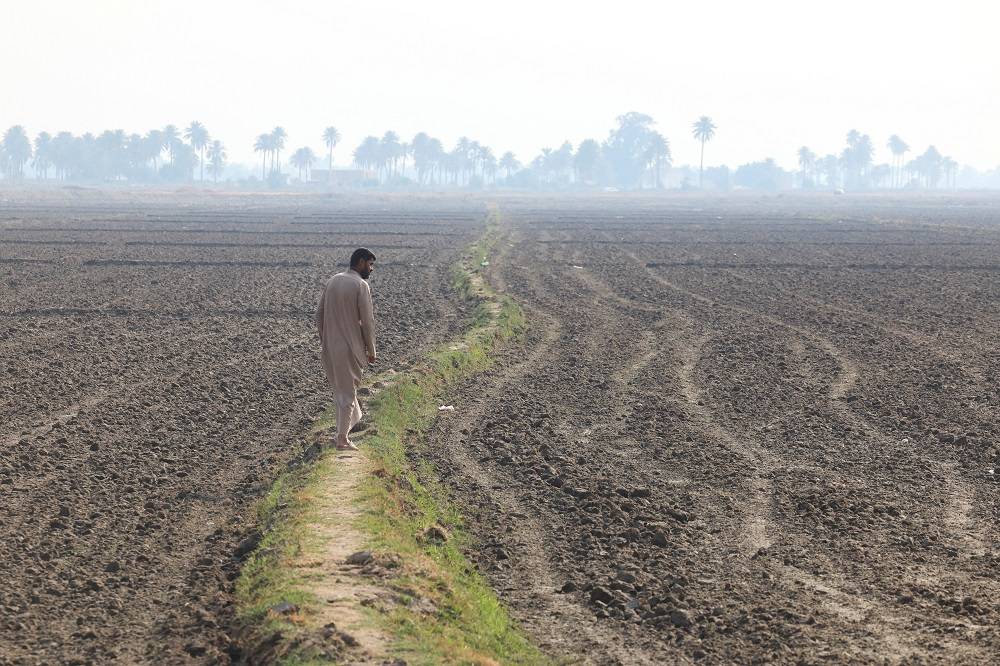The end of the cold war in 1991 brought along questions as regards NATO’s future. It has been more than 30 years and NATO’s ability to adopt itself to “the most complex security environment since the end of the Cold War” has preserved it as the strongest military alliance able to maintain its relevance and more.
After the demise of the Soviet Union, NATO and Russia were able to establish a structural relationship. But throughout the years, relations have been far from stable.
Russia has been concerned with NATO’s eastward expansion and NATO has been troubled by Russia’s assertive and aggressive policies in particular in former Soviet geography, the so-called near abroad.
At the NATO Bucharest Summit in 2008, it was declared that Ukraine and Georgia will (eventually) become members.
Russia responded by military intervention in Georgia, leading to the break up of South Ossetia and Abkhazia.
A few years later in 2014 Russia intervened in Ukraine and annexed Crimea.
NATO’s response was strongly worded, coupled with certain sanctions and suspension of cooperation (even then, political and military channels of communication remained open) but Russia was unaffected and even further emboldened with the soft reaction of the West.
This time around, when Russia invaded, NATO sided with Ukraine actively. In March 2022 Heads of State and Government of NATO countries held an extraordinary summit in Brussels and declared Russia’s invasion of Ukraine as the “gravest threat to Euro-Atlantic security in decades”. All ties between NATO and Russia were severed.
From a military point of view, there are two things which took almost everyone by surprise in Ukraine. One is the poor performance of the Russian military and the other is the performance of the Ukrainian army beyond expectations.
The Ukrainians have been able to inflict heavy damage on the Russians and NATO now has a battered Russia on its eastern flank.
Ukraine owes a lot to NATO and the Allies. After the annexation of Crimea in 2014, NATO engaged in strengthening and transforming Ukraine’s security and defence. At the 2016 NATO Summit in Warsaw, the Alliance efforts were structured under what is called the Comprehensive Assistance Package.
Russia has long sighted NATO’s eastward expansion as a threat. Its invasion of Ukraine has brought Russia’s worst dreams to life. In the heat of the war, Ukraine has formally applied for NATO membership and so have Sweden and Finland.
NATO rejects Russia’s objections as an unacceptable interference in its affairs and has reiterated its policy of “open door”. That means, every European nation has the right to apply for membership and whether or when it is accepted is NATO’s business and nobody else’s.
But having made the principle clear, NATO would not be in a rush to do that. NATO was not very pleased when Ukraine handed in its formal application for membership. To admit Ukraine as a member would carry things to another level, where Ukraine would come under the umbrella of article 5 of the Washington Treaty and bring NATO in direct confrontation with Russia.
As to Sweden and Finland, in May 2022, they submitted their official letter of application to become a NATO member. Once all Allies have ratified the Accession Protocol according to their national procedures, they will accede to the Washington Treaty.
The alliance has welcomed the two countries with open arms. There is a problem stemming from Türkiye but it is not an objection to the actual membership and the problem is expected to be solved. With Finland and Sweden as formal NATO members, the Alliance’s military capacity will be further strengthened and NATO will have a 1,340-km-long common border with Russia.
At its 2022 Summit in Madrid, NATO leaders agreed to the Alliance’s eight Strategic Concept. This is the core reference document of the Alliance and it is revised/updated about every ten years. The Concept outlines the Alliance’s purpose and nature, lays out challenges it faces and provides guidelines. The last concept was adopted in 2010 when Russia was a partner and the global strategic environment was different.
The Strategic Concept of 2022 has been prepared at a time of war and has reflected the sentiments, concerns and reactions surrounding it.
Russia has been declared the culprit as article 8 of the document states that “The Russian Federation is the most significant and direct threat to Allies security and to peace and stability in the Euro-Atlantic area”. It is also emphasized that “Russia seeks to establish spheres of influence and direct control through coercion, subversion, aggression and annexation.”
In recent years, ups and downs in transatlantic ties, the idea of “Europe taking the lead in European security” and a sort of fatigue of involvement in places such as Iraq, Afghanistan, Libya, Syria, and Sahel were visible within NATO.
Relations with Russia and how to react to Russian policies have always been an issue where there have been different approaches. Allies from eastern and central Europe and the Baltics have traditionally taken a tougher position, whereas, western and southern European allies including Germany, France and Italy have preferred a more cooperative approach, with doors and communication channels open.
It has never been an easy process, but Allies have always been able to reach consensus and move forward.
The war in Ukraine had implications on NATO-China relations as well. China made it into NATO Strategic Concept in 2022 for the first time in history where its stated ambitions and coercive policies are said to challenge NATO’s interests, security and values. The war in Ukraine has changed focus of attention away from China.
On the defense side, NATO military planners have reviewed plans in light of the war in Ukraine. At the Madrid Summit in June 2022, Allies agreed the biggest revision of collective defense and deterrence since the Cold War.
NATO has increased the number of its forces on its eastern flank. Eight battlegroups at the level of brigade in Estonia, Latvia, Lithuania, Poland. Slovakia, Hungary, Romania and Bulgaria are in place along NATO’s eastern flank, from the Baltic Sea in the north to the Black Sea in the south. High readiness forces are structured to deter and protect alliance territory and populations.
Defense spending had become a major issue in the Alliance. President Trump argued that the US bears the burden in a most unfair way and threatened to reexamine its NATO policies unless steps were taken. The agreed solution was a pledge by each ally to increase its defense spending to at least two percent of its gross domestic product by 2024.
The process was slow. Before the war, only a few NATO members had fulfilled their pledge. The war in Ukraine had an accelerating effect and as of today, 20 NATO countries are above the threshold.
In this context, Germany came in as a major booster. The European industrial giant committed 100 billion Euros for its defense spending. It also began sending weapons and supplies to Ukraine to fight off Russians. These are all a first since the second world war.
In face of the war in Ukraine and the new geopolitical environment, NATO seems to be united against the common threat in this new generation cold war. But there is room for concern that the war may have a backlash as it is costly in many ways also for NATO members.










